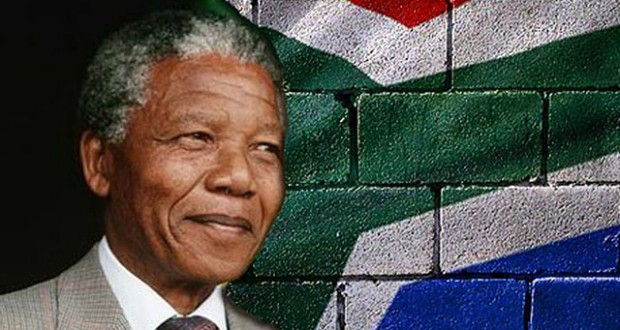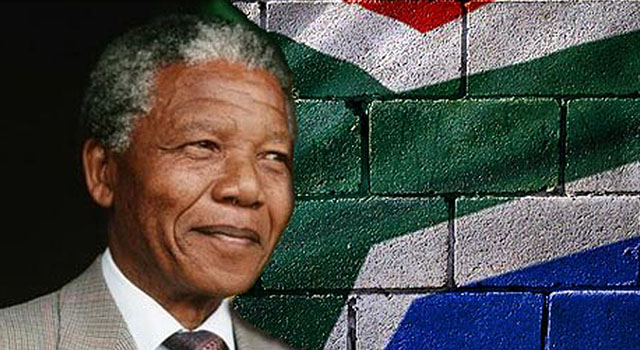I was in Tucson Arizona on that unforgettable Sunday morning in 1990 when Nelson Mandela was released from prison as I sat transfixed when he was sworn in as South Africa’s first democratically-elected president who happened to be a black man. His death on December 5 made me recount the times and ways he had touched my life.
I became more conscious of the man when the National Council of Negro Women (NCNW), under the leadership of president Dr. Dorothy I. Height, urged the membership to support Winnie Mandela who was being persecuted by the government while her husband suffered at Robbin Island. I was aware of apartheid and the ANC already; and wanted to know more about the man and the plight of his people. I read two books by South African writer, Mark Mathabane, who painted a starkly brutal picture of life for black people in the country.
In 1985, I attend the UN Decade for Women Conference in Nairobi, Kenya with the NCNW where we met 20 South African women who were there without the consent of their government and did not know what would happen to them when they returned home. They said they did not care as they would rather be dead than continue to live the harsh conditions imposed on them. They were inspired by the courageous resistance practiced by Mandela and our delegation discussed the situation with the ladies several times.
Following the conference, our group visited the small country landlocked by South Africa: Swaziland, a kingdom never colonized by a foreign power; we had to go through Johannesburg to get to the country. The women there had replicated the NCNW’s Mississippi Pig Project and we were there to see their progress. We visited with the wives of the king who applauded our joint venture. We talked about the women who were selling their livestock in South Africa, they said “We are neighbors-not friends” and they identified with the struggles of Mandela and his people, but had no other market for their product.
On the way home we encountered a heavy police presence in the Johannesburg airport and I checked the newspaper which stated “BOTHA DECLARES EMERGENCY”. Dr. Height suggested we all buy a paper as it could mean we were seeing the beginning of the end to apartheid, but no one could have predicted that only five years later the end would come. In the meantime, NCNW joined the movement to divest in South Africa.
The local NCNW led a large group to the Los Angeles Coliseum to see Nelson and Winnie Mandela during their American tour where thousands of cheering devotees welcomed the couple to the southland. Soon after I discovered his biography, “Long Walk to Freedom” which I highly recommend. It reveals an extraordinary man who never lost his dignity under oppression, one who studied his captors and used what he learned to outwit them and win them over. The book has recently been made into a movie featuring British actor, Idris Elba. Readers will learn a lot about the country, as well as the man.
The most important encounter I had was up close and personal, early into the new century, around the year 2000, I had gone to Washington DC for a Workforce Development meeting and called Dr. Height to chat. She invited me to be her guest at a high level international function that night. Thanks to Dr. Height, I got to meet Nelson Mandela, Gracla Marchal, who was being honored, and Bishop Tutu. Mandela was a tall, stately man whose eyes exuded brilliance and he looked right at you as if you were important to him. Oh what a night! President Mandela said, “It is not that I have no fear but that I had to act in spite of my fear”. That was the same attitude the 20 women exhibited in Nairobi.
It was the book that finally gave me the in depth view of the man and I encourage readers to read the three books I referred to earlier: The Long Walk to Freedom and African Women by Mathabane. (Written by Lois J. Carson, San Bernardino resident)

 Westside Story Newspaper – Online The News of The Empire – Sharing the Quest for Excellence
Westside Story Newspaper – Online The News of The Empire – Sharing the Quest for Excellence




